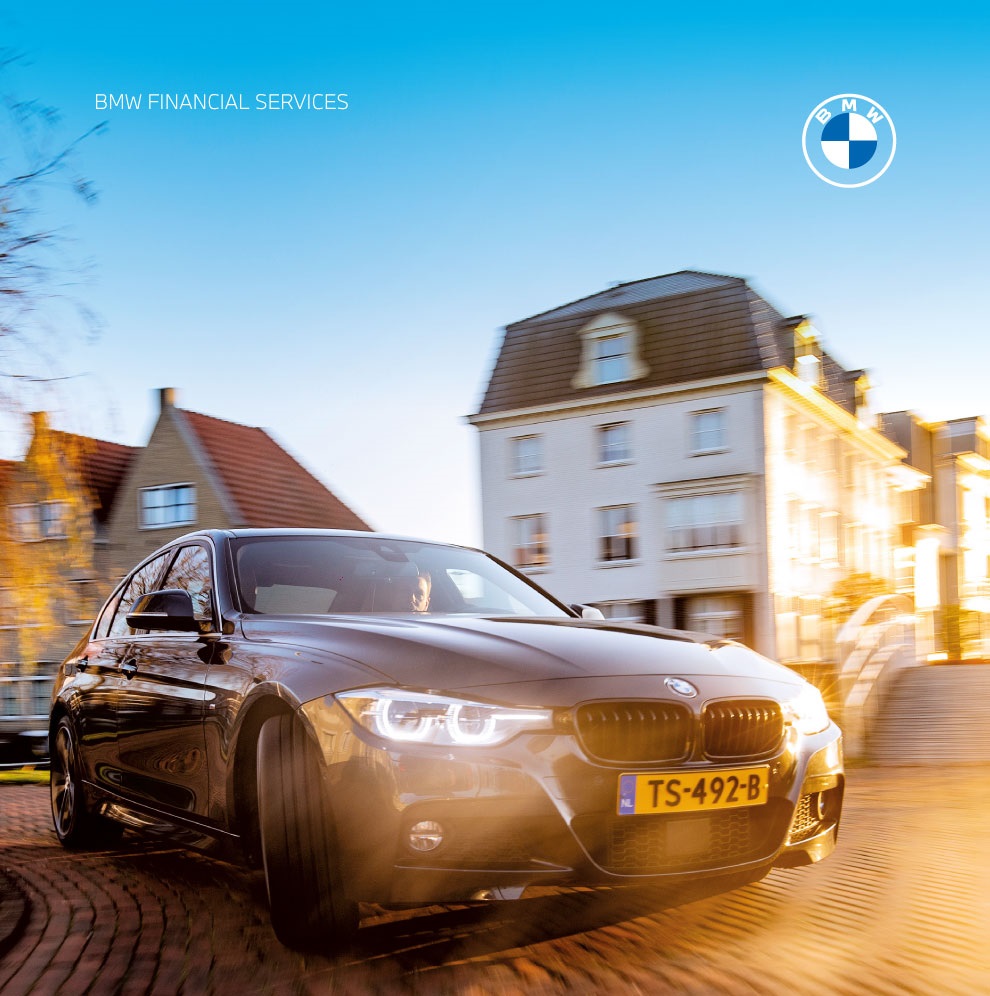What Is Critical CSS? Speed Up Your Website with This Overlooked Optimization Trick
Want your website to load faster and keep visitors hooked from the very first second? Critical CSS might just be the hidden weapon you’ve been missing. In this guide, we’ll explore what Critical CSS is, why it improves page load speed, and how to implement it with real tools, examples, and results. It’s one of the simplest ways to boost both user experience and SEO.
Let’s face it—waiting for a site to load is the modern version of watching paint dry. And yet, so many websites still make you wait before showing anything useful. But what if I told you there’s a smart little trick that can seriously speed things up without sacrificing design? Enter: Critical CSS.
Hold on—what even is Critical CSS?
In plain English: it’s the bare minimum CSS your page needs to style whatever shows above the fold (aka the stuff people see before they scroll). Instead of loading your entire mega-stylesheet before anything appears, you just tell the browser: “Hey, this bit is important. Start with that.”
The result? Faster first paint, better experience, and way less frustration.
Why should you care? Well… numbers don’t lie.
Research consistently shows that users expect websites to load quickly, often in under 2 seconds. Delays of even a single second can lead to higher bounce rates and lower conversions. Optimizing for speed isn't just a nice-to-have—it's a competitive advantage backed by real-world data.
(Sources: Brandfirm, Emico, TMC Media, HubSpot Research), ACM Research Study, NitroPack Blog, MDN: CSS Performance Optimization
And you know what’s wild? Most websites still don’t use Critical CSS. Madness, right?
What makes it so powerful?
It’s not just about speed. It’s about how your site feels.
Imagine someone visiting your product page. Big images, lots of titles, maybe a grid of goodies. With Critical CSS, you can load a lightweight frame of the layout immediately—they’ll already see where things are going to appear (titles here, thumbnails there), even before the content fully loads. It feels intentional. Professional. Like your site actually has its act together.
Big names are doing it. But you can too.
So... how do I even find my Critical CSS?
Ah yes, the million-dollar question. Luckily, it’s easier than it sounds.
Option 1: Use Chrome DevTools (like a boss)
If you want to go DIY and hands-on, Chrome DevTools is your best friend. Here’s how to get started:
- Open your website in Chrome
- Press
Ctrl+Shift+I(or `Cmd+Option+I on Mac) to open DevTools - Go to the Lighthouse tab
- Run a Performance audit
- Check for:
- Render-blocking stylesheets
- Unused CSS
- Time to First Contentful Paint (FCP)
- Then go to the Coverage tab to see which CSS rules are actually being used above the fold
This gives you a sneak peek into what your site truly needs on first load—and what it can totally live without (for a few milliseconds at least).
Want to make sure your blog posts rank just as well as your site?
Check out our full guide on writing SEO-friendly blogs for tips that work for Google and real people.
Option 2: Let a tool do the heavy lifting
If messing with DevTools sounds like a headache, no worries. There are awesome tools that generate Critical CSS for you:
- Core Web Vitals - Critical CSS Generator
- PurgeCSS
- Critical (npm)
- WordPress user? Try WP Rocket, Autoptimize, or FlyingPress
Think like Coco Chanel (yes, really)
“Before you leave the house, look in the mirror and take one thing off.”
— Coco Chanel
She was talking about accessories, of course—but the same logic applies to your CSS. Before shipping your page to the world, look at your styles and ask: Does this really need to be here right now? If not, strip it out of the critical path.
Less is more. Especially when milliseconds matter.
What belongs in Critical CSS—and what doesn’t?
Think like a visitor. What do they see immediately? That’s your focus.
Include this:
- Layout and structure for above-the-fold content
- Header styles (logo, nav bar, hero section)
- Typography for visible headings and text
- Buttons or links that show up immediately
- Basic spacing and colors (so nothing looks broken or "unstyled")
Exclude this:
- Styles for anything below the fold
- Animations, transitions, and hover states
- Popups, modals, sliders
- Fancy stuff that only appears after clicking/tapping
Golden rule? Keep it lean.
You don’t need everything to be perfect—just polished enough to avoid that dreaded “unstyled flash.”
How to implement it
Two main steps:
1. Inline your Critical CSS
Place it in a <style> tag in your HTML <head>.
2. Load the rest asynchronously
<link rel="preload" href="styles.css" as="style" onload="this.onload=null;this.rel='stylesheet'">
<noscript><link rel="stylesheet" href="styles.css"></noscript>
So why isn't everyone doing this?
Because it sounds harder than it is. But once you get the hang of it—or even let a tool handle it—it’s a total game-changer.
Your site feels faster. Your users stick around. Google gives you bonus points. And the best part? You didn’t even need to redesign anything.
Real-life example: Critical CSS for a hero section
Let’s say your homepage has a classic hero section—logo, nav bar, big headline, maybe a call-to-action button. That’s the perfect use case for Critical CSS.
Instead of showing all the CSS code here, you can check out a live demo on CodePen:
👉 Critical CSS Demo – by Mylene
This is a simplified example to demonstrate the idea. There are many ways to implement Critical CSS in real projects. Each tech stack has its own best practices.
For example:
- You can create a separate
.scsspartial and use a Node tool to extract and inline it automatically. - Some platforms (like WordPress) have plugins that generate it for you.
- I personally work in Angular, but you can apply similar principles in React, Vue, or plain HTML.
Bottom line: no matter the framework, it’s about delivering the first visible content fast, and loading the rest smartly.
Common Critical CSS mistakes to avoid (because we've all been there)
Even smart devs make these—so here’s your friendly heads-up:
- ❌ Inlined your entire stylesheet?
Congrats, you just defeated the purpose. Keep it lean and mean. Only the essentials.
- ❌ Forgot to load the rest of your CSS?
Your page looks great... until you scroll. Don’t forget the<link rel="preload">+onloadtrick.
- ❌ Didn’t test on multiple devices?
What looks good on desktop might break on mobile. Always test above-the-fold across screen sizes.
- ❌ Used Critical CSS for animations or effects?
Don’t. That stuff can wait. Focus on structure, layout, and basic styling.
Frequently Asked Questions (SEO-friendly, human-style)
Q: Does Critical CSS work on every type of website?
A: In most cases, yes. Whether you’re building with plain HTML, Angular, React, WordPress, or something else entirely—Critical CSS is framework-agnostic. The tools and methods may vary, but the principle stays the same: get that first paint fast.
Q: Is Critical CSS good for SEO?
A: Definitely. Page speed plays a measurable role in SEO rankings. Improving metrics like First Contentful Paint (FCP) and Core Web Vitals with Critical CSS can give your site a real-world performance boost that search engines (and users) notice.
Q: How much CSS should I inline as critical?
A: Just enough to make the top of your page look polished on first load. Think: layout, fonts, key buttons, and hero sections. The goal is a good first impression—without overwhelming the browser.
Q: Can I automate Critical CSS generation?
A: Yes, and you probably should. Tools like WP Rocket, PurgeCSS, and the critical npm package help you identify and inject only what’s needed—automatically—during your build process.
Critical CSS = Small Effort, Big Payoff
It’s one of those things that quietly makes your site look sharp, feel fast, and score bonus points with both users and Google. And no, you don’t need wizard-level CSS skills—just a smart approach and a dash of focus.
And hey—fun fact: this blog goes live on April 1st, which also marks my 4-year anniversary at Divotion. 🎉
So no, this post isn’t a prank. We really do believe in smart frontend choices—and we’re always ready to help you push your performance further. Whether it’s Critical CSS or the next big thing, our frontend crew’s got your back.
Cheers to clean code, fast websites, and a tiny bit of celebration. 🥂



 Frameworks at Crossroads Europalaan 93, 3526 KP Utrecht
Frameworks at Crossroads Europalaan 93, 3526 KP Utrecht